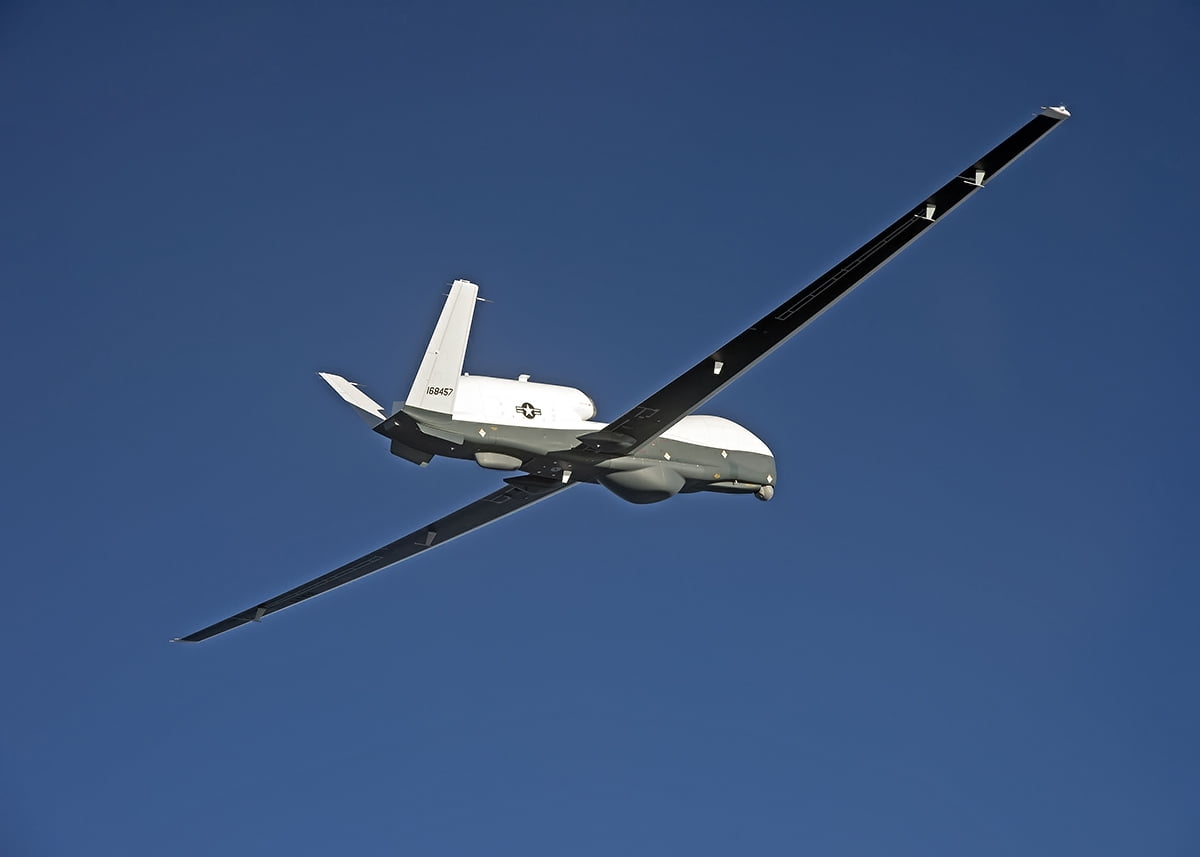As the Australian government shifts the direction on building out the ADF future force, having an effective distributed ISR enterprise is a crucial element in enabling such a force.
The investments the Australian government is making in the future future force underscores the need to have accurate ISR indispensable for a distributed force. Providing coverage for the distributed operations of the ADF and in a coalition context, powerful and accurate ISR capabilities, within that distributed force, is a vital element for their survival and operations.
Fortunately, the way ahead for ISR for a distributed force is getting better due to the innovations in sensors and transmission capabilities among sensors due to progress in both commercial and defence industry.
And the coming of autonomous systems allows for the operation of ISR nests within an embedded force and the emergence of airborne AI to help shape parsimony in the distribution of relevant data to a distributed force.
I had a chance to discuss this topic with James Lawless, a former Royal Australian Officer and now with Northrop Grumman. Lawless provided a presentation at the 11 April 2024 Williams Foundation seminar focused on how autonomous systems could contribute in a major way in the near to midterm for ADF efforts to shape a distributed ISR enterprise.
It should be noted that the new capability coming to the ADF is the Triton Remotely Piloted or RPA. In my view, this platform has been viewed as simply an additive to the ADF in pursuit of advanced ASW capabilities.
But is much more than that.
It is a very high altitude aircraft with a multitude of payloads and because the Triton can operate outside of the primary weapons engagement zone, it can function as quarterback to deliver ISR throughout a very large swath of the battlespace. And, in this sense, could relay information to various types of air and maritime autonomous systems operating in support of a distributed force.
It could relay information to a loyal wingman UAV in which the wingman is supporting the attack and defense force operating in the weapons engagement zone. This RPAS could deliver and receive information to/from autonomous USVs or in certain conditions to autonomous UUVs.
These systems could, with their own AI and edge processing capabilities, mix the Triton data with their own and deliver a focused package of ISR to the combat force. The aim would be to minimize or reduce the workload of the joint force commander without any reduction in ISR data.
This is how Lawless explained the approach to me in a meeting I had with him following his presentation during my April 2024 stay in Australia.
“With the evolution of software on the Triton, there is no reason Triton can’t make its own decisions about tasking other ISR assets. If we integrate autonomous AI data management capabilities on the aircraft, there is no reason Triton could not function as a quarterback for distribution of ISR data packages to autonomous platforms deployed with the distributed force.”
In my work on maritime autonomous systems, I highlighted that such systems are being used to perform specific mission threads. If one focused on innovation in the ISR mission thread to build an enterprise which leveraged such systems, a key enabler for an effective distributed force is created. Because of the fifth-generation revolution built around disaggregating sensor from shooter where appropriate, this revolution continues but by using RPAs and autonomous systems in a combined arm operation.
But for this to happen, the ADF has to train differently, and procure differently. It is about culture as much it is about technology.
The example I often provide is comparing how the Americans did this with the introduction of radar in World War II with the British. The U.S. had radar at pearl harbor and even saw incoming Japanese planes. But that situation did not work out so well.
In contrast, Air Marshal Dowding put together a different type of organization into which radar was inserted and creating this air threat identification ISR and C2 system made the difference in the Battle of Britain.
We are at a similar point whereby we could create a new and effective ISR service for a distributed force. But buying bits of kit will not do it. We need full up a different organizational and training approach to grasp the future and insert it into the combat force.


